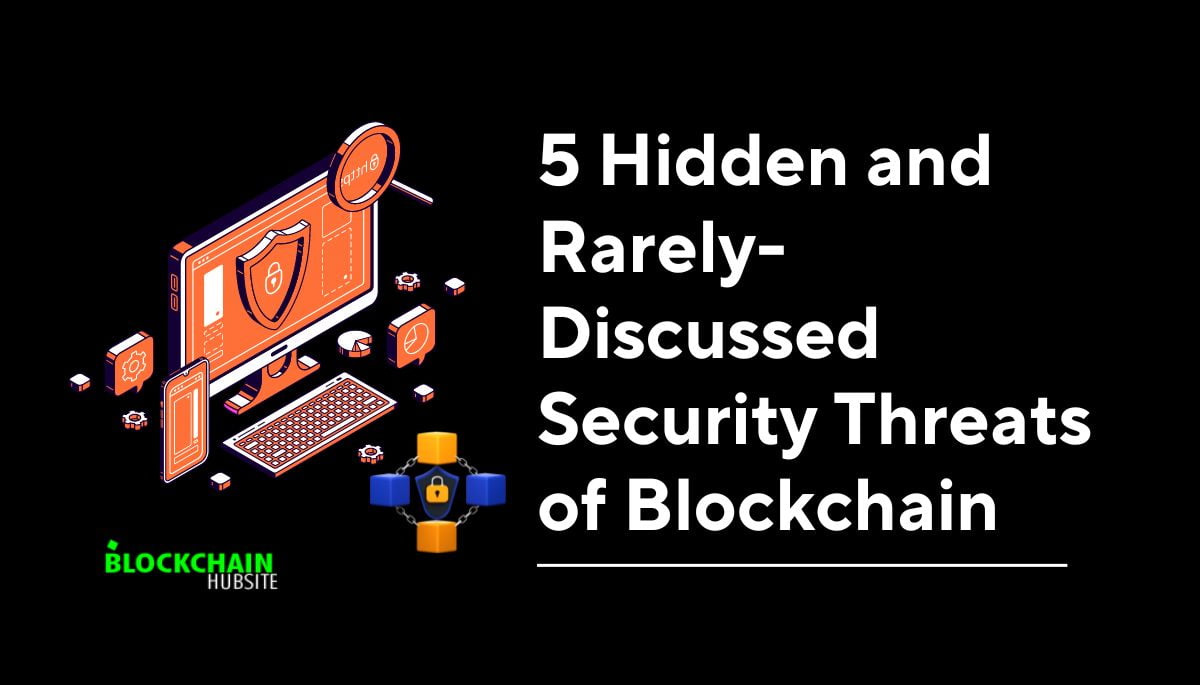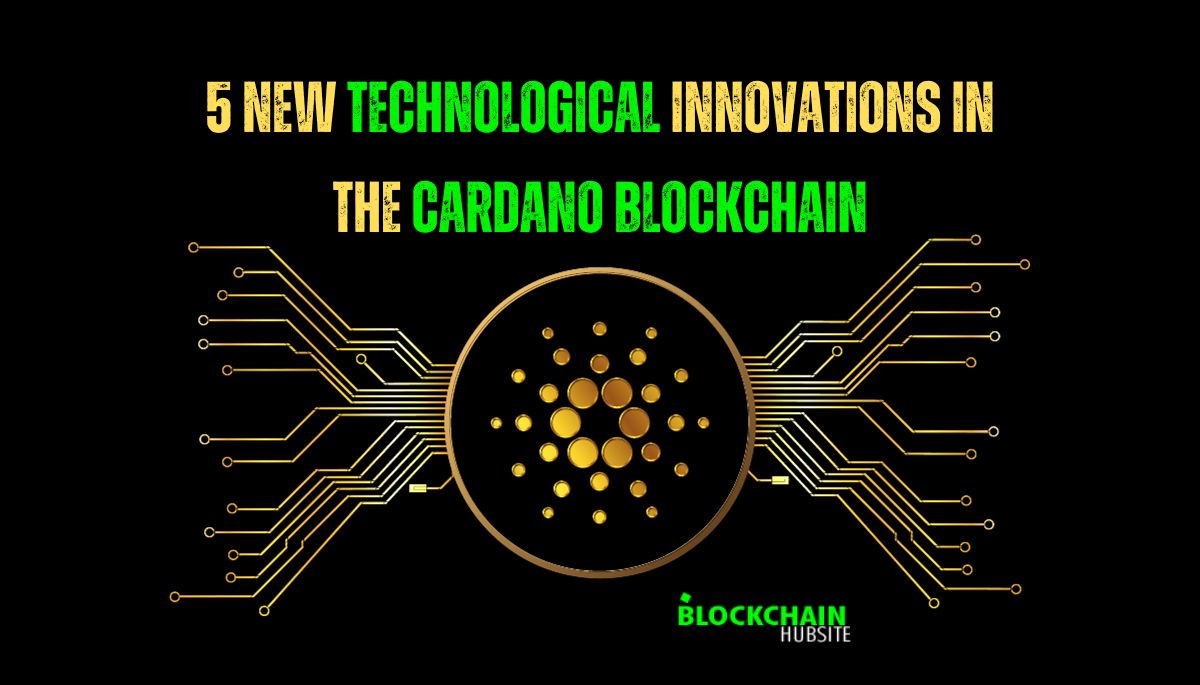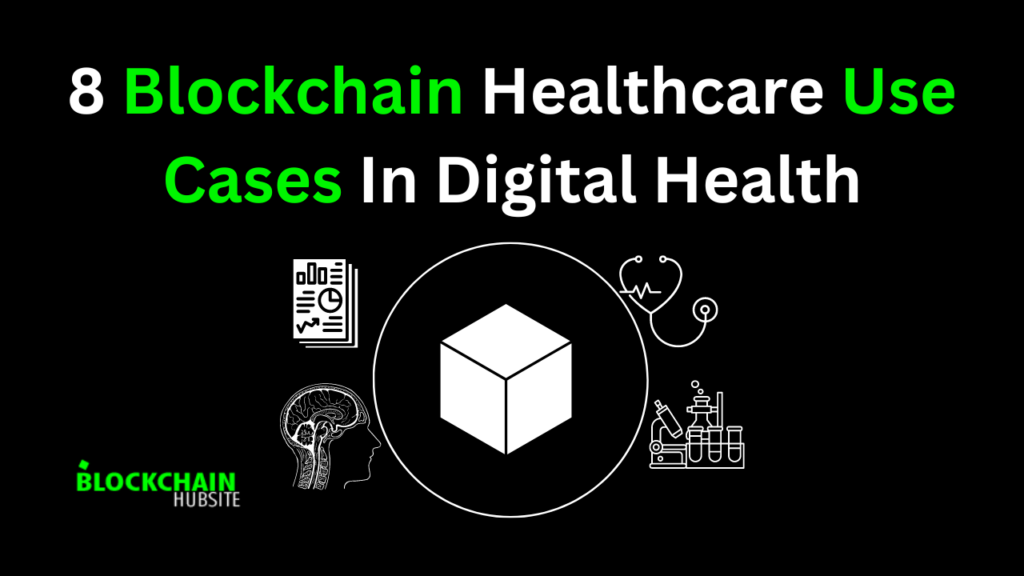
Table of Contents
Every industry that uses data needs data sharing in the significant data era, especially data-based businesses like Amazon, Facebook, Alibaba, and so on. They are increasingly struggling with the “data island” issue and, as a result, are looking for practical solutions to create a fair and effective data-sharing method.
Open data and transactions are two popular data-sharing methods in the current market environment. However, as data security, integrity, and privacy regulations become more and more strict, not only are traditional data-sharing methods seen as being insufficiently effective, but data transactions are also subject to significant moral and legal risks.
Data sharing is crucial for advancing business innovations, scientific research, and public education.
Nevertheless, the traditional centralized data-sharing method has many things that could be improved. The centralized data storage centre is simple to breach. There needs to be more trust in the recipients of data sharing because the transactions involving data assets need to be more transparent. Blockchain technology is a potential solution to data-sharing issues because it offers a decentralized, programmable, unhackable, and anonymous environment.
Introduction to Data-Sharing Through Blockchain

Blockchain, a distributed ledger technology, promises a transparent, unbreachable, and secure system by front-to-back combining time series data into a chained data setting. The primary characteristics of blockchain are decentralisation, programmability, non-tampering, encryption techniques, peer-to-peer transmission, and anonymity. Additionally, this technology can be seen as a database, open ledger, or trust mechanism.
Blockchain technology has the potential to significantly improve the security of data storage and the controllability of data sharing progress. On the one hand, it could transform traditional data storage techniques. On the other hand, using blockchain technology to establish the ownership of data resources increases the transparency and reliability of data transactions.
Comparison Of Data Sharing Approaches
Disadvantages of traditional data sharing

The traditional data-sharing approach has significant drawbacks. On the one hand, conventional methods of sharing data utilize traditional databases for information preservation, and the deficiencies of databases might fail data sharing. The conventional data-sharing approach, on the other hand, has a lot of things that could be improved as well, which leads to many failures for the model.
Conventional databases have several drawbacks:
(1) Conventional databases need help to accommodate large data volumes in their storage capacity.
(2) Traditional databases operate with minimal transparency, making it impossible to realize the sharing and circulation of data resources.
(3) Data can be altered anytime.
(4) A central organization managed by people is required for data access.
What are the Benefits of using Blockchain for Data Sharing?

Data storage is secure and transparent
Blockchain is a method for decentralized distributed database storage. Data can be stored in order based on the chain structure, and the node with the highest computation level will be rewarded by the workload-proof method. The network scale expands, and the complexity of data tampering rises as the number of participating nodes does. The network’s nodes calculate, record, and mutually verify the accuracy of all data on the blockchain. Blockchain thus possesses the qualities of non-tampering and robust authorization. Data durability is guaranteed after the information has been saved in a blockchain block and will be difficult to change.
Data transmission is secure and controllable
The blockchain is desensitized by encryption techniques such as hash processing and smart contracts to ensure the privacy of the data, and the decentralized data storage mechanism can successfully provide the security of the data. The block-based data desensitization method and the smart contract constructed on the blockchain are necessary to guarantee multi-source data fusion analysis under the condition of metadata security. This successfully improves the information security issue in the current data-sharing process.
Data transactions can be uniquely determined
The blockchain data is unique. The data cannot be altered after being written into the block, preventing endless copies of the data. Also, the blockchain allows for writing any data transaction metadata, which helps create a trustworthy environment for exchanging data assets. Unlike other real assets, data assets have one crucial characteristic that makes it impossible to determine who owns the data and makes them distinct from other real assets.
The blockchain’s distributed accounting feature can resolve data sharing, trade, and transactions. It safeguards the legitimate rights and interests of data owners to increase information flow across numerous industries. Data transactions allow owners with high-value data to make money from it. Secure and private data transfer ends the long-standing industry problem of “data islands” and creates several fresh business prospects and models. In the credit market, for example, safe data transfers encourage data circulation within the credit reporting industry. Furthermore, the combination of multi-source data can offer credit card companies strong support in thoroughly evaluating the credit level of individuals or businesses.
Data can be traceable
Data traceability refers to the ability to track data in data transactions and circulation. The blockchain network nodes involved in the calculation and recording ensure the data is accurate, usable, and traceable by conducting reciprocal verification. It is possible to document the entire data transaction and circulation process accurately.
For determining the authenticity of data stored in a particular block, it is practical to go back and review the historical transaction record using the blockchain technique. Data traceability makes it challenging to tamper with, which assures the legitimacy of the data during credit evaluation and is crucial for building an accurate credit evaluation model.
Blockchain Applications for Data Management

The following are some important uses of blockchain in data management:
1. Data Security:
Blockchain ensures data security and integrity. Encryption and other security measures help prevent data breaches but do not offer complete protection. Hackers can access many huge companies’ networks, even those with the highest level of security. But blockchain technology benefits companies with improved security against data thefts. Blockchain uses hashing algorithms to store data securely, helping the organization in data exchange and data security.
- Each block in the blockchain comprises a hash of the previous block’s header and a hash of the transactions in the Merkle tree of the current block.
- Each block is connected to the one after it in a cryptographic chain.
- If there is a change in any block, the hash value in the following block must also be modified, and similarly, hash values in all connected blocks must be chained.
- The system is open, and alterations to the records are constantly analyzed.
2. Data Sharing:
The success of an organization depends significantly on data sharing. Decentralization, a key feature of blockchain, enables simple and safe data sharing between businesses. The security of the information can be maintained by storing it in an individual ledger in a blockchain database. Today, many small companies utilize blockchain technology for data management to facilitate quick, safe, and easy data sharing.
3. Data Traceability:
In companies, traceability is crucial since it helps manage and keep data. It refers to how quickly history, location, or application may be connected to the records.
- The food and pharmaceutical industries employ blockchain technology to trace their products from when they are harvested or manufactured until they are finally delivered to the customer.
- Many other businesses already utilize blockchain technology to manage data and track the delivery of their products.
- It is simple to check whether each transaction has been tampered with as long as the version number of the previous block is saved.
- As blockchain has a linear structure, tracking the historical chain of events is simple to find out what has occurred.
4. Immutability:
Blockchain gives the organization the immutability of data, which helps protect information. Transactions can be regarded as tamper-proof because data cannot be altered due to the decentralized nature of blockchain technology. As a result, any changes will be reported on all nodes, proving that no fraud was attempted.
- To alter a transaction, all the blocks after it must be computed, and all other nodes must then approve the modification.
More than 51% of the system’s computing power is needed to perform this tamper.
5. Efficiency:
Any organization can benefit significantly from efficiency. The organization employs blockchain technology to increase efficiency since it removes any third-party influence in transactions and eliminates errors, making the system faster and more effective. Thus, billing has become more straightforward, more efficient, and quicker.
6. Data Consistency:
Blockchain uses a consensus mechanism to address the BFT issue brought on by multiple nodes participating in the network. If there is any delay between different nodes, the data transmission will be disrupted, and malicious nodes can make false information; this will significantly impact the consistency of the data in the network.
- All nodes participate in creating and verifying the data block thanks to the consensus method.
- Before it can be added to the ledger, the newly generated block needs to be validated by the majority of the network’s nodes.
7. Automated Verification:
The organization places a high value on verification because it helps to safeguard data. Smart contracts are created and put into practice by blockchain technology. Smart contracts run in different sandbox settings instead of directly on blockchain nodes to prevent flaws and incorrect programming from affecting the entire blockchain system.
- The organization employs blockchain technology for verification because it allows anyone to perform zero-knowledge proofs, in which one party verifies data accuracy to another without disclosing anything relevant to the data, to check the information’s accuracy independently.
8. Participation of all nodes:
The core aspect of blockchain is decentralization, with the peer-to-peer network employed to maintain the system. The data resources on the chain are collectively managed and maintained by all nodes joining the blockchain, making it simple to retrieve data and participate in data authentication. There are no limitations on a node’s ability to enter or leave public chains like Bitcoin and Ethereum.
Which top Organization taking Help of Blockchain Technology for sharing data?
AIA Group

One of the significant businesses utilizing blockchain for insurance is AIA Group. The business began working on a project for bancassurance solutions with other affiliated banks. This platform will use the blockchain’s potential to provide real-time, secure document and policy data sharing.
They claim that it is the only product on the market.
Shell

Shell is one of the energy companies using blockchain technology for the energy sector. Along with Sinochem Energy Technology Co Ltd and Macquarie, Shell plans to use blockchain for crude oil trading.
Maersk

Maersk is utilizing blockchain technology to improve its supply chain management in collaboration with IBM. Yet to achieve platform transparency, they employ IoT technologies built on the blockchain. Every procedure will be online and connected to the platform using IoT devices. So it will be simple to monitor their conditions.
Change Healthcare
One of the significant businesses utilizing blockchain technology is Change Healthcare. The Intelligent Healthcare Network™, which Hyperledger Fabric powers, is what they are working on. In any case, the platform will assist them in real-time managing patient claims and the claim’s progress. This makes it simple for the system to audit, foster, and promote user trust.
BBVA

BBVA is one of the businesses embracing blockchain technology in the banking industry. This fantastic technique was recently utilized in a syndicated loan between Red Electrica Company and BBVA. MUFG, BNP Paribas, and BBVA reportedly provided the €150 million loan. Furthermore, the blockchain platform used by BBVA enabled the loan to be delivered in a record-breaking amount of time.
De Beers
Another business utilizing blockchain in the supply chain is DE Beers. They developed the blockchain platform Tracr to support regulating their supply chain management system. Using this platform, you can trace diamonds of any size from the mining site to the retail establishment, which is much more convenient.
It’s a fantastic technique to demonstrate the authenticity of DeBeers’ diamonds.
Walmart
For a very long time, Walmart has supported blockchain technology. The business maintains its supply chain process with IBM’s Hyperledger Fabric platform. Additionally, they intend to follow the origins of their items back to the farmers and encourage buyers to do the same before making a purchase.
Singapore Airlines
The travel sector is also being revolutionized by blockchain. Singapore Airlines has already started employing technology to provide its customers with deals based on loyalty. Nonetheless, they are using KrisPay to give discounts to their devoted clients. Customers can therefore download their app from the Play Store and register for the program.
How can Blockchain Technology be used to Improve Data Security?

Managing such complex networks is more complicated than ever due to the emergence of new technology, services, and gadgets. Blockchain can help organizations balance user privacy, improved user experience, and financial reward. In reality, by allowing users to control their records directly, this technology’s characteristics are being deployed to solve several problems with data sharing. As a result, all data transactions on this decentralized network are now more transparent. But how precisely can use blockchain technology for data exchange benefit organizations?
This new technological store comprises a growing list of records called blocks that are cryptographically linked to form an unbreakable chain. Any modifications or errors can be traced back to their origin by utilizing distributed ledgers and depending on user-controlled privacy. Hence, it makes sense to use blockchain’s benefits, such as integrity, immutability, decentralization, and verifiability, to address pressing concerns like security, privacy, user transparency and control, and incentives for data sharing, especially given how often personal data security and privacy issues arise and how many online services have been subject to security breaches and data theft.
Most importantly, this technology eliminates the requirement for data centralization into a third party, which increases confidence compared to centralized service providers, where users might purposefully delete data or even when data is not sent due to a technical issue. A blockchain-enabled service, thus, is neutral concerning the transaction being made. Without blockchain, every business is required to maintain a separate database. Thanks to the blockchain’s distributed ledger, transactions and data are recorded consistently across various locations.
Understanding and addressing risks and challenges for Data Sharing
Blockchain adoption requires government IT agencies to deal with a rapidly changing market. Over the past two years alone, venture capital funds have made over $1.2 billion in investments in blockchain startups; roughly 50 of those startups have received assets of over $1 million each.
For government IT decision-makers, such rapid expansion raises difficulties. First, the networks that run blockchain technologies and the technologies themselves have yet to establish any widely established standards. So, government IT organizations could find it challenging to evaluate the value of offered solutions and decide how to incorporate them into their current IT ecosystems best. Second, since most blockchain service providers are small startups, it can be challenging for IT and finance departments to find partners with staying power—businesses that can provide cutting-edge goods yet are stable enough to carry projects through to deployment.
Privacy risks must also be constantly monitored. Governments still need to ensure that present and future encryption techniques are strong enough to preserve user privacy, even if they could implement blockchains that share data across public networks.
The following are a few legal and regulatory implications of blockchain that leaders in government agencies need to be aware of:
How legally valid will smart contracts be? Can blockchain audit trails be presented in court as proof? Should some industries require the adoption of blockchain technology?
How can governments manage these risks and problems while utilizing the blockchain ecosystem’s growing innovation? A change incubator strategy is one method to go about it. In other words, they can assemble a small team to scan and rank potential blockchain pilot projects and then choose the best collaborators to carry them out. This group may be located inside the central digitization office of a government or within the particular authority that stands to gain the most from implementing blockchain technology.
Conclusion
In conclusion, even if data sharing is essential, there are still numerous issues with traditional data-sharing systems, such as the repetitive nature of data storage that is vulnerable to attacks, the lack of trust between data-sharing entities, and the complexity of data asset transactions, because of its decentralization, trustlessness, communal maintenance, programmability, data non-tampering, encryption techniques, peer-to-peer transmission, and anonymity, blockchain technology can address various issues with industry sharing data in the big data environment.
FAQs
1. How does blockchain support data privacy in organization?
There are various ways that blockchain technology might enhance data privacy in organizations. The adoption of decentralization is one of the main methods. Blockchain technology keeps data on a distributed ledger shared across network users instead of a centralized database. This means each participant has a copy of the data and no single point of failure or control.
2. How does blockchain provide confidentiality?
Blockchain offers confidentiality in several different ways. First, it uses a distributed ledger system, which spreads data across the network of nodes that constitute the blockchain rather than storing it in a single spot. Second, it uses cryptographic methods like hashing and digital signatures to protect the data and make it impossible to alter it. Thirdly, the blockchain’s permissioned access characteristics can offer confidentiality. Finally, blockchain systems can use secrecy techniques like encryption algorithms and zero-knowledge proofs, which enable data to be processed or validated without revealing the underlying data, to improve privacy.
3. How is information shared in blockchain?
A distributed ledger system shares data stored in multiple blocks connected in a specific order on a blockchain. Each block contains a set of records that are cryptographically secured using hashing and digital signatures. A record added to the blockchain cannot be altered or withdrawn once it has been made available to all parties with permission.




